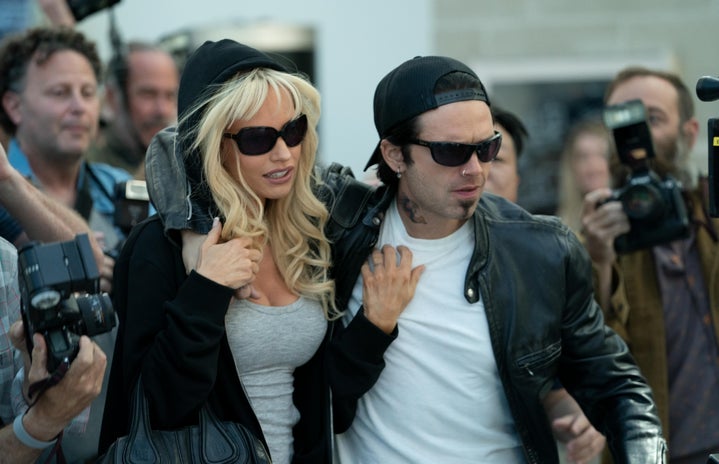If you’ve been on social media at all in the past few months, then you’ve likely heard the term “parasocial relationship” and have seen it applied to a number of different celebrities. But, what exactly is it?
The term parasocial relationship was first articulated in a 1956 study conducted by psychologists Donald Horton and R. Richard Wohl. It was used to describe the relationship media consumers had with influential media personas, ranging from radio hosts to TV show characters. Clinical psychologist Sally Theran, Ph.D., defines the term as “an imaginary, one-sided relationship that an individual forms with a public figure whom they do not know personally,” and explains that they often resemble familial bonds.
In today’s society, this phenomenon has reached new levels of relevance with the help of social media and the rise of “stan” culture. People have never felt more connected to their favorite artists and influencers than they do right now. However, individuals are starting to question how these relationships are formed and if they are even healthy.
Everyone has, or has had, an unhealthy obsession with a celebrity or fictional character at some point in their life (Tom Holland, if you’re reading this, I swear I’m totally normal and totally chill and totally wouldn’t have a massive freak out if we met in person. Like, totally). This is how it usually starts. People find a topic that they are interested in, and then start to form a connection with an influential person in that field. Humans are social creatures, so we are constantly looking for something or someone to feel connected to.
Celebrities have often been sources of inspiration and admiration, and fans long to feel connected to them in some way. Since social media is so present in our everyday lives, it has never been easier to connect with your favorite influencers and attempt to get them to notice you. This also means that it’s never been easier for your favorite influencers to encourage these types of relationships.
Many celebrities personalize their content in an attempt to create a stronger connection with their fans, or “friends” as they often call their followers. Their Instagram feed is full of photos showing glimpses into their personal lives and they respond to fan comments, but these relationships are still one-sided. Celebrities can choose how much of their life they share, and fans will never truly “know” them.
This disconnect can have potentially harmful effects. If someone’s favorite celebrity is caught in a public scandal, fans are often shocked and in disbelief. When someone’s public persona doesn’t align with their true self, their fans can feel hurt and betrayed. It feels as if their “relationship” with this person will never be the same, leading them to cut ties with them completely.
However, in terms of admiration and craving connection, psychology professor Gayle Stever, Ph.D. states that parasocial relationships are completely normal and even healthy. They aren’t meant to replace other relationships; instead they provide a sense of joy and comfort, without the fear of being rejected by someone in real life. A majority of the time, they are a harmless way to feel connected to others and enjoy something you really like.
So, don’t take this as a sign to unfollow all of your favorite artists and throw their merch away. Continue to support your favorite celebrities, but try to remember that they are just living their own lives, and we should do the same.


